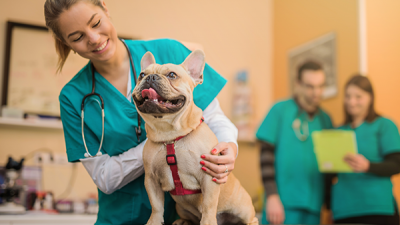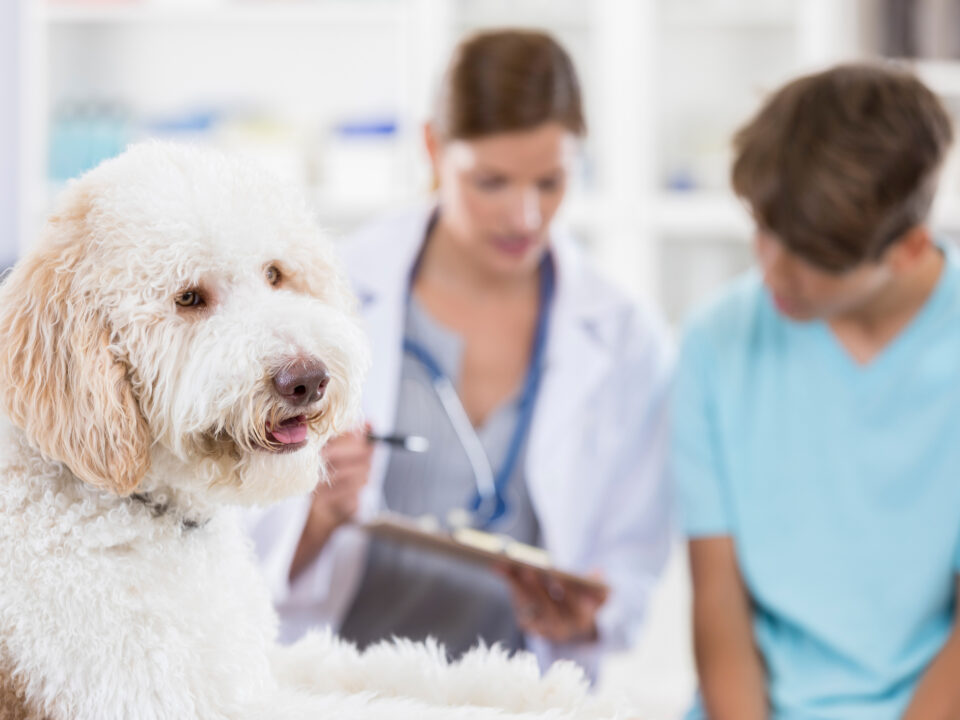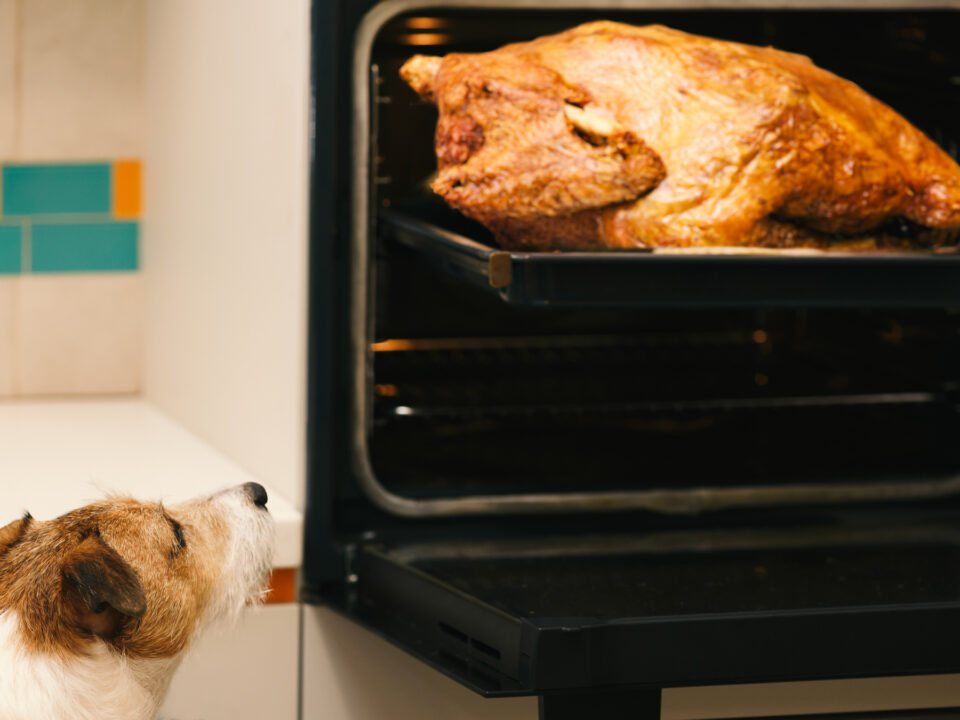Dog Flu Symptoms in Washington Township, NJ: What to Look Out For

Why Do Dogs Eat Grass and Vomit?
June 9, 2020Did you know dogs can catch the flu? Canine versions of influenza aren’t quite the same as human ones, but they are very similar. Dog flu doesn’t usually result in the death of dogs, but it can require a trip to the vet and may cause your dog to become very ill. It’s important to learn how to recognize dog flu symptoms in Washington Township, NJ so you can determine when it might be time to schedule a vet trip for your furry friend.
In the article below, we’ll give you a brief rundown of dog flu, including its symptoms. This information can help you potentially identify this illness in your own dog and make the right call to seek vet treatment when needed.
Dog Flu Basics
“Dog flu” is a shortened form of the term “canine influenza,” but both mean the same thing. The virus that gives dogs the flu is not the same strain that gives the flu to humans, but it is related.
Dogs can catch either H3N8 or H3N2 and may come down with the flu because of these two variations of the virus. Both forms of dog flu are relatively new and have only been identified during the 2000s.
Spreading and Catching Dog Flu
Dogs can spread and catch the flu easily, just like humans can. For example, if a dog with the flu barks near a well dog, the well dog may inhale droplets that came from the sick dog’s bark. Sneezes and coughs can spread dog flu in much the same way, and so can licking and other close contact.
Dogs can also catch dog flu from contaminated water dishes and collars. If you have one sick dog and one well dog, it’s very important to separate the objects that come into contact with the two dogs to prevent the spread of the illness.
Can Humans Spread Flu to Dogs?
It is even possible for humans to transmit the flu from one dog to another. For example, if you pet a sick dog and then pet a well dog without washing your hands first, you may contaminate the well dog. Humans cannot catch the flu from dogs, however, and dogs cannot catch it from humans (except in cases where it’s transmitted from another dog).
It usually only takes a couple of days for dogs to become sick after being exposed to canine influenza. Dogs can be contagious for anywhere from ten to 26 days, depending on which strain of the flu they come down with.
Dog Flu Symptoms to Watch Out For in Washington Township, NJ
Roughly one-fourth of dogs that catch the dog flu do not show signs of it at all. However, for the remaining 75% of sick dogs, symptoms are very likely. These symptoms include a variety of possibilities, all of which are similar to those you might see in a human with the flu. Dogs usually start showing symptoms of the flu two to four days after exposure.
This list of potential symptoms is not exhaustive, but it does give you an idea of what to look out for. If you notice your dog dealing with one or more of these symptoms and you don’t have a good explanation for it, then it may be time to schedule a vet visit.
Symptoms of dog flu include:
- Sneezing and coughing
- Discharge from the nose or phlegm in the throat
- Runny eyes
- Lethargy
- Loss of appetite
- Fever
- Trouble breathing
If left untreated, many of these symptoms can develop into pneumonia. Dogs usually don’t die from the flu, but they can die from pneumonia and should be carefully examined by a vet to determine whether or not this is a risk factor.
Puppies, senior dogs, and dogs with other immune system issues may also be at a greater risk than healthy adult dogs.
What to Do If Your Dog is Showing Flu Symptoms
Some of the symptoms associated with dog flu are also related to seasonal allergies. If you know your dog has seasonal allergies and the symptoms are not severe, you may be able to wait a day or two and see if they worsen or improve.
Otherwise, however, if your dog shows these symptoms and doesn’t have a known reason for them, you should contact your vet right away. Depending on where you live, vets may be required by law to report this information in order to prevent dog flu from spreading further. Even if this isn’t a law where you live, your dog will still need supportive care while he fights this illness.
Typical Recovery Time for Dogs with the Flu
Most dogs will recover with supportive care and plenty of rest and fluids. Your vet will let you know if there is anything else you need to do to help your dog get over his case of the dog flu.
Most likely, your dog will not need to stay at the vet overnight. You may be instructed to bring him in through the back door of the clinic or to wait in the car until your appointment time, however, in order to prevent the spread of canine influenza.
In some locations, vets will perform house calls for dogs who are suspected of having canine flu. Reach out to your vet for more information about your options.
Pay Attention and Keep an Eye Out for Dog Flu Symptoms
Now that you’ve finished reading, you should be more educated about the dog flu. Armed with this information, you’ll be more prepared to help your dog if he becomes sick and to schedule a vet visit if you recognize the symptoms of this highly contagious illness.
Remember that you don’t have to panic when your dog has the flu, but you do need to make sure he gets the treatment he needs. Although there’s no cure for this disease, your dog should be able to get over it on his own as long as you provide supportive health care along the way.
Your vet may prescribe medication to help treat your dog’s fever or to manage his symptoms as well. As long as you pay attention to your vet’s recommendations and allow your dog to take as much time as he/she needs to heal and recover, they should be back on their feet in no time.




